How fossils are formed
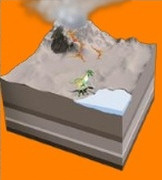 |
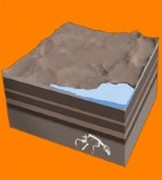 |
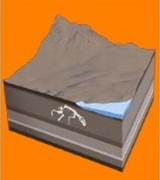 |
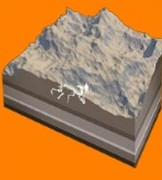 |
1. Sediment |
2. Layers More sediment layers accumulate above the animal's remians, and mineral, such as silica slowly replace the calcium phospin the bones. |
3. Movement Movement of tectonic plates, or giant rock slabs that make up Earth's surface, lifts up the sediments and pushes the fossil closer to the surface. |
4. Erosion Erosion from rain, rivers and wind wears away the remaining rock layers. Eventually erosion or people digging for fossils will expose the preserved remains. |
Fossils can be formed in different ways
Fossils are formed in a number of different ways, but most are formed when a plant or animal dies in a watery environment and is buried in mud and silt. Soft tissues quickly decompose leaving the hard bones or shells behind. Over time sediment builds over the top and hardens into rock.
As the encased bones decay, minerals seep in replacing the organic material cell by cell in a process called "petrification." Alternatively the bones may completely decay leaving a cast of the organism.
The void left behind may then fill with minerals making a stone replica of the organism.
Fossils can form in unusual ways. Small bugs or insects can become trapped in tree sap. Eventually the sap hardens and forms the semiprecious material called amber. In some pieces of amber the entombed remains of organisms can be found. Volcanic eruptions can form fossils when animals get trapped in the hot ash flows. In this case, the fossil is a hole in the shape of the animal.
By far the most common fossil remains are those of shelled invertebrate sea loving creatures such as snails, corrals, and clams. These make up most of the fossil record. Plants can leave fossils. In fact coal is the fossil record of whole forests; however, individual plant structures usually do not survive as the plant materials are compressed to less than one hundredth of their original size.
Fossils of land animals are scarcer than those of plants. In order to become fossilized, animals must die in a watery environment and become buried in the mud and silt. Because of this requirement most land creatures never get the chance to become fossilized unless they die next to a lake or stream. Indeed there may be whole species of land animals in which no fossil record has been discovered. We may never know how many and diverse these animals were.
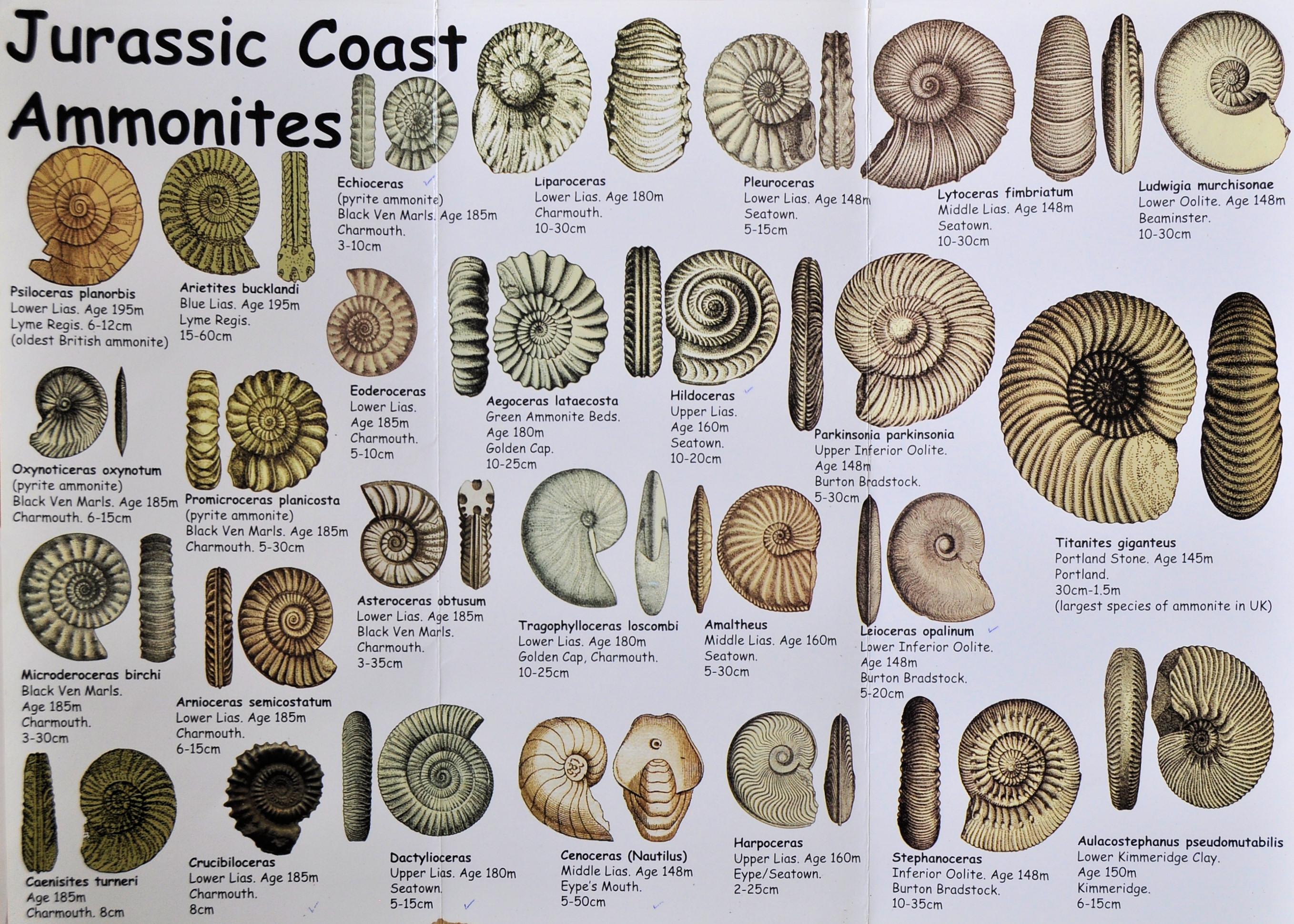
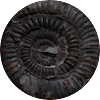 Back to main Fossil Furlongs Page
Back to main Fossil Furlongs Page